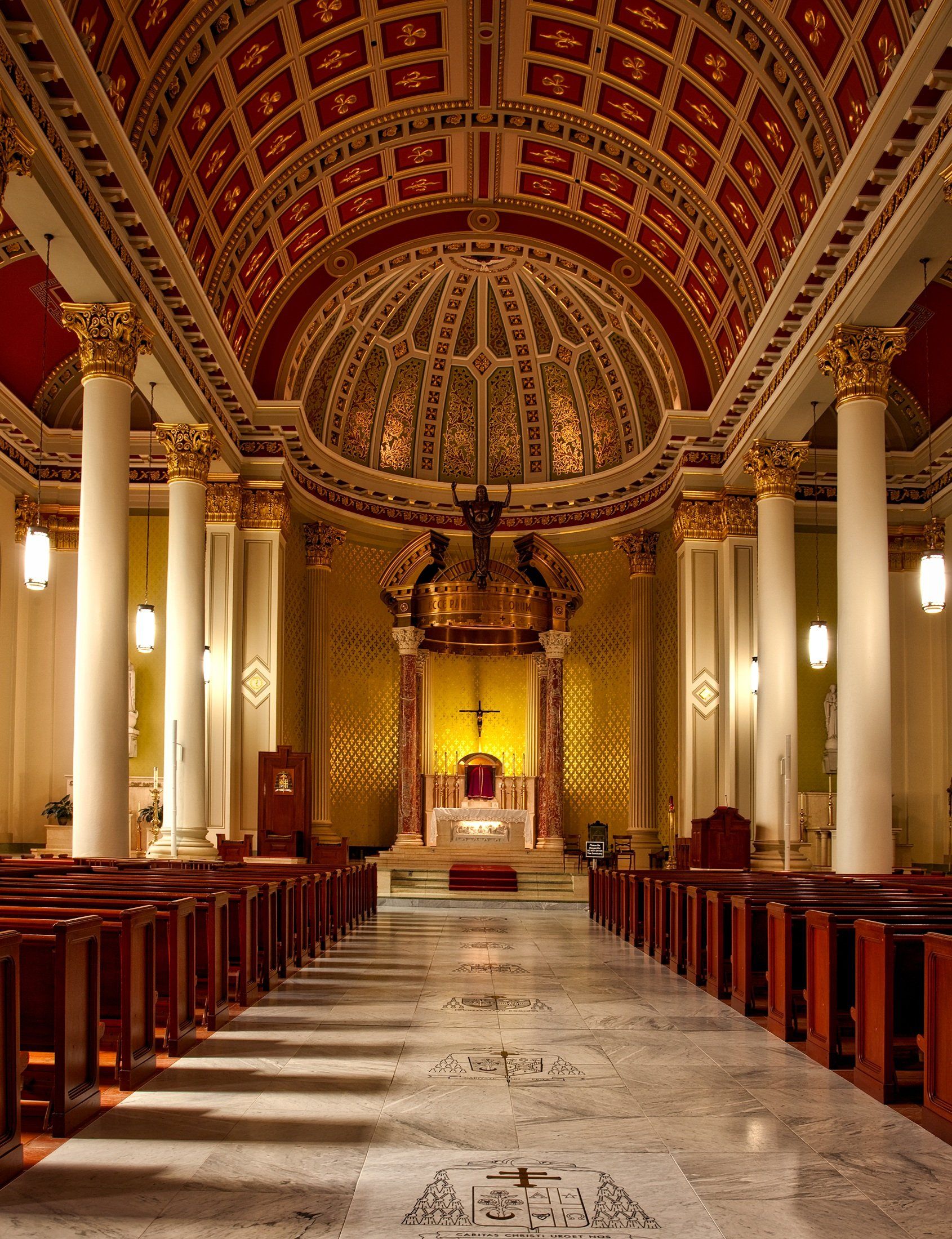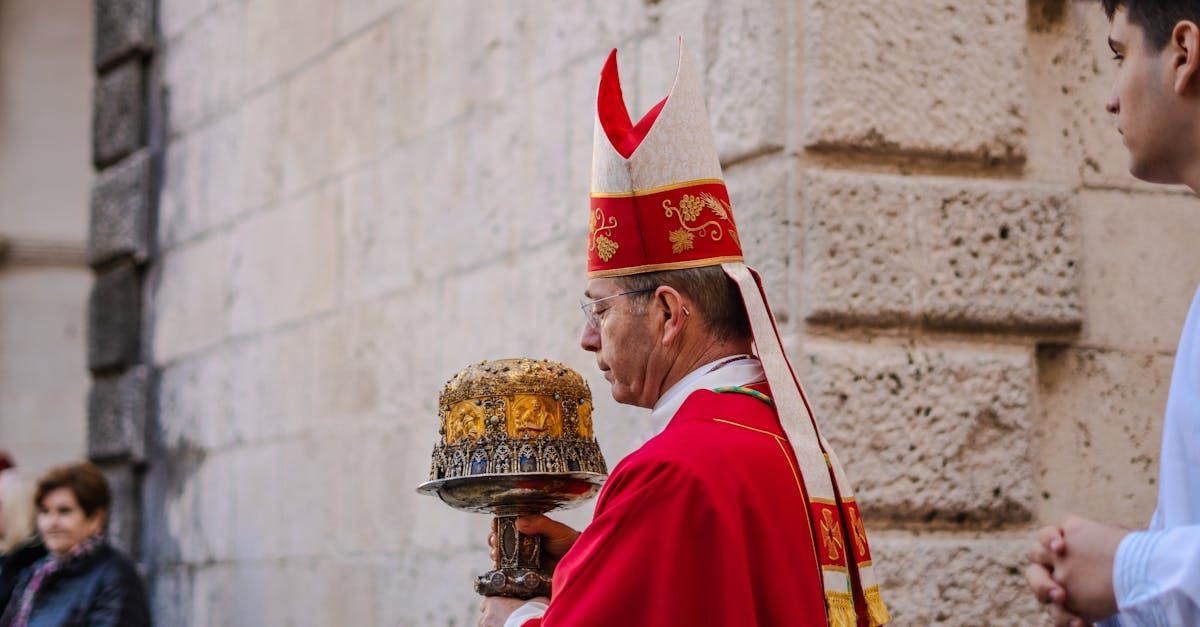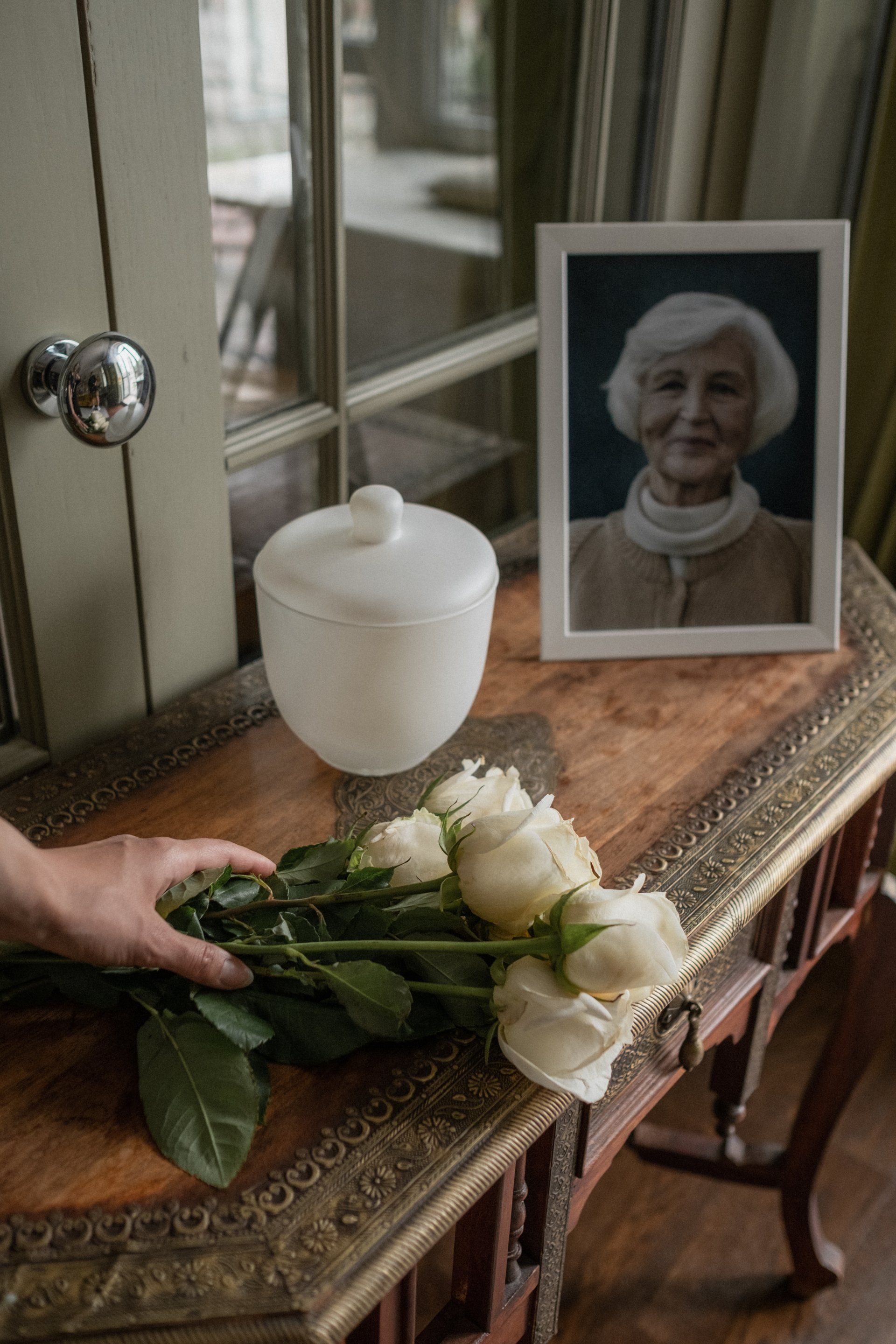Alegria y La Virgen Guadalupana
Hace algunos años, dos amigos míos se casaron y luego se mudaron fuera del estado por el trabajo del esposo. Seguimos hablando con regularidad y finalmente me invitaron a pasar un tiempo con ellos en su nueva ciudad natal. Entonces, hice el plan para ir en coche hasta ellos y visitarlos durante una semana. Fueron once horas en coche. Planeé bien con bebidas y bocadillos, y configuré mi navegación para su dirección. Me gusta conducir. Lo encuentro relajante y puedo despejar mi mente y disfrutar del paisaje.
Conducía para visitar a mis amigos. Pasó una hora, luego dos y luego tres. Fue un viaje agradable a través de las montañas y luego a las llanuras de Tennessee. A la hora siete, hubo un problema. Pasaba salida tras salida. Empecé a cabecear. Luego entré a una zona de construcción. Estaba siguiendo el tráfico y tuve la repetición de pasar conos de construcción. Uno tras otro, la monotonía me hizo sentir aún más somnoliento. Empecé a quedarme dormido de nuevo. Me desvié hacia la izquierda y, ¡BOOM! Me encontré con un cono de construcción. ¡Eso me despertó! Fue entonces cuando decidí buscar un lugar para descansar y tomar una pequeña siesta.
Cuando llegué a una parada de descanso, había recordado la razón por la que estaba en la carretera. Recordé la alegría que experimentaría al ver a mis amigos después de tres largos años. Recordé los planes que hicimos para ir de excursión y visitar sus lugares favoritos en su nueva ciudad. Me acordé de la anticipación de reunirme con sus amigos y preparar una gran comida más tarde esa noche después de mi llegada. Me detuve en la parada de descanso para tomar una pequeña siesta. ¡Pero no pude dormir! Ahora que había recordado el objetivo de mi viaje, estaba emocionado nuevamente. Eso me permitió simplemente continuar el camino, y lo terminé sin que más conos de construcción encontraran su prematura desaparición.
Y este es el significado del domingo gaudete. Nos da la oportunidad a lo largo de nuestro viaje de Adviento de recordar por qué estamos practicando este tiempo de preparación. Puede ser feliz que nos adormezcamos o nos agobiemos por nuestras penitencias, preparativos y mortificación. Los días son más cortos y oscurece antes. Podemos tender a querer quedarnos dormidos. Pero luego la Iglesia el domingo de Gaudete dice: "¡Recuerda la meta! ¡Recuerda por qué estamos haciendo esto! El Señor está cerca. No tengas sueño. Mantente alerta y vigila". Hay alegría en saber que este camino hacia la Navidad casi ha terminado y debemos continuar con valentía hacia las fiestas navideñas.
Nuestro Evangelio es una parada de descanso, en ciertos términos, antes de la venida de Cristo. Los discípulos de Juan creen haber encontrado al Mesías. Escuchan atentamente y piensan que el viaje está hecho. Creen que finalmente pueden descansar. Pero John les dice que no. Señala más allá de sí mismo a Cristo. Dice: "Después de mí viene uno que es mayor". Les dice que no pierdan la esperanza ni abandonen su búsqueda de la verdad. Con todo, todo el tema del domingo de Gaudete es "No te rindas". Y así continuamos adelante con gran coraje y celo, sabiendo que nuestros preparativos y prácticas de Adviento darán frutos si simplemente perseveramos.
Cada año, durante la temporada de Adviento, celebramos una fiesta especial, la de Nuestra Señora de Guadalupe. Cada año cae el doce de diciembre. Este año, sin embargo, cae el domingo de Gaudete. Es otro recordatorio de que debemos continuar buscando al Señor Jesús y crecer en su servicio. Si bien la liturgia del tercer domingo de Adviento nos impide celebrar su Misa, aún podemos darle el debido honor. También le ha dado la oportunidad de predicar acerca de sus maravillosas obras. Normalmente, hay una misa especial para su fiesta y los que le son devotos vienen a venerarla. Pero este fin de semana, debido a que su fiesta cae en domingo, le ha dado al P. Mlakar y yo la oportunidad de predicar sus alabanzas a toda la parroquia. Es importante reconocer que la Virgen de Guadalupe no es una "cosa hispana" o una "cosa mexicana", sino una cosa católica, una cosa estadounidense. Y digo "estadounidense" en el pleno sentido de la palabra, porque Nuestra Señora de Guadalupe en la providencia de Dios es la patrona de todas las Américas. Y sus apariciones fueron parte del maravilloso plan de Dios para edificar su Iglesia.
Dado que la mayoría aquí conoce la historia de Juan Diego, la Virgen y el obispo local, veamos el contexto de sus apariciones. La venida de Nuestra Señora a México en realidad fue profetizada por el primer viaje de Cristóbal Colón cuarenta años antes de sus revelaciones a Juan Diego. Partió de España como misionero. Bueno, los historiadores seculares modernos y las escuelas gubernamentales nos dirían que se propuso como explorador y conquistador. Pero ese simplemente no es el caso cuando leemos sus propios diarios de sus viajes. El era un misionero. Y es por eso que el rey Fernando y la reina Isabel financiaron sus viajes. Partió de España en La Niña, Pinta y Santa María. Dondequiera que fundara asentamientos, estaba seguro de que haría tres cosas. Primero, siempre tenía un sacerdote con el Santísimo Sacramento que era el primero en bajarse del barco y entrar en tierra. En segundo lugar, siempre estaba seguro de dejar una comunidad de sacerdotes para cuidar el bienestar sacramental y espiritual del asentamiento. Y en tercer lugar, siempre erigió una cruz en el centro del asentamiento. Quería ante todo difundir la fe y llevar el Evangelio a los pueblos originarios. Es justo decir que muchas veces se fue y los pobladores empezaron a aprovecharse de los lugareños, pero ese no era el deseo de Colón. Sus esfuerzos fueron socavados por hombres débiles que cedieron a la codicia y el egoísmo. Esto era típico de la obra misional española en ese momento. Si bien hubo un gran celo por convertir al Nuevo Mundo, los esfuerzos del hombre no tuvieron éxito.
La Iglesia en Europa también estaba en crisis. A principios del siglo XV, la Reforma Protestante comenzó en Alemania y se extendió por toda Europa continental. En una década llegó a las costas de Inglaterra y se apoderó de la Iglesia inglesa. La Iglesia intentó responder. Fue la fundación de los jesuitas para difundir la enseñanza y la práctica correctas. El Santo Padre llamó al Concilio de Trento para responder dogmáticamente a la crisis. Pero en total, al final, más de dieciséis millones de almas negaron la verdadera fe y abandonaron el abrazo de la Santa Madre Iglesia. Las búsquedas del hombre fracasaron. Al mismo tiempo, sin embargo, Dios envió a la Santísima Virgen no al Viejo Mundo, sino al Nuevo Mundo.
La Virgen de Guadalupe se apareció a Juan Diego durante la crisis europea de la Reforma Protestante. Todo lo que deseaba era que se construyera un santuario en su honor. Y como prueba, incrustó su propia imagen en la tilma de Diego. Era una imagen simple repleta de signos y símbolos culturales. A los cinco años de sus apariciones ante Juan Diego, más de veinticinco millones de aztecas y mexicanos nativos se convirtieron y se bautizaron. Con todo, mientras la Iglesia estaba siendo diezmada en Europa, la Iglesia universal estaba creciendo a pasos agigantados. Nuestra Señora de Guadalupe verdaderamente salvó a la Iglesia. Y todo fue profetizado por Cristóbal Colón, quien no deseaba más que difundir la fe. Pues partió hacia la Niña, la Pinta y la Santa María. Y poco después sus esfuerzos fracasaron, llegó la Virgen, una niña, pintada por así decirlo en la tilma, que se hacía llamar Santa María.
Pastor's Ponderings












